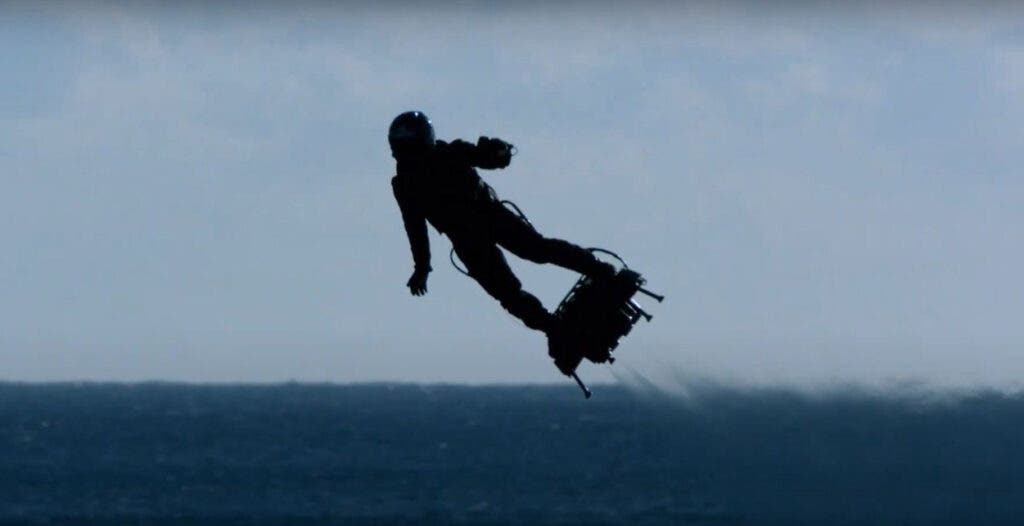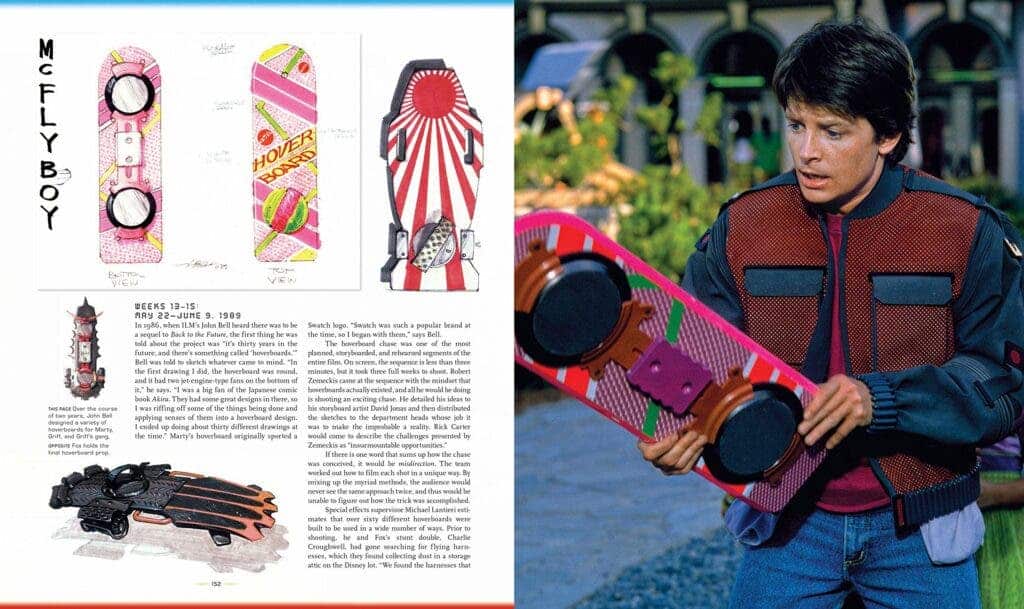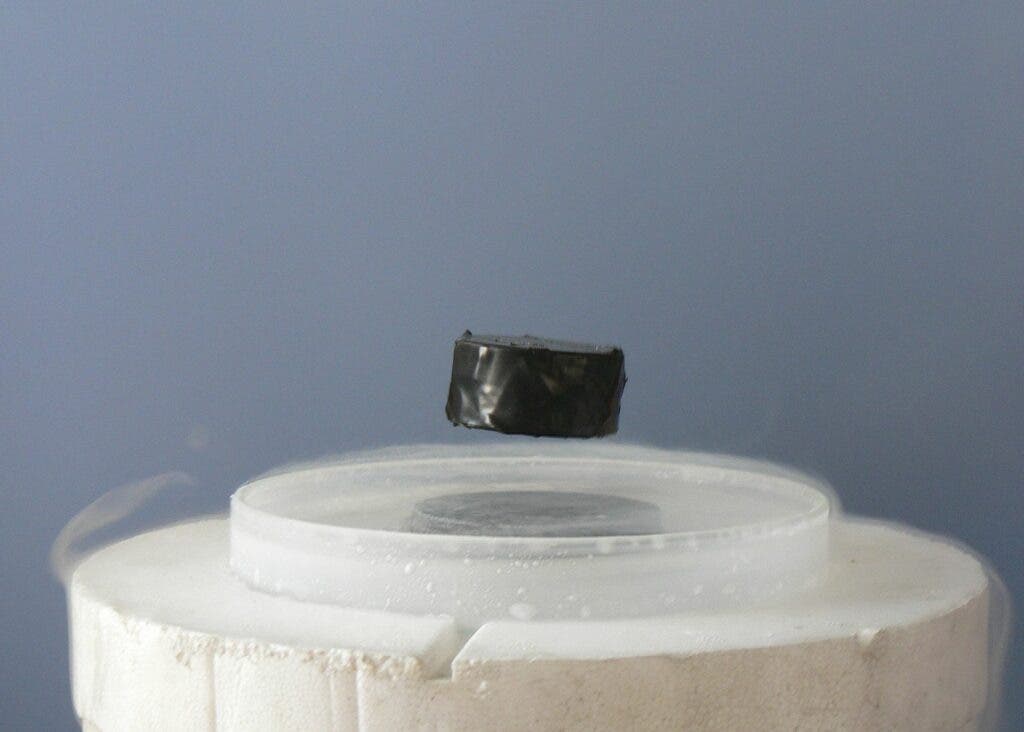What could be the coolest way of going to work you can imagine? Let me help you out. Flying cars — not here yet. Jetpacks — cool, but not enough pizzaz. No, there’s only one correct answer to this question: a hoverboard.
A whole generation of skateboarders and sci-fi enthusiasts (especially Back to the Future fans) have been waiting for a long time to see an actual levitating hoverboard. Well, the wait is over. The future is here.

There were rumors in the 90s that claimed hoverboards had been invented but were not made available in the market because some powerful parent groups are against the idea of flying skateboards being used by children. Well, there was little truth to those rumors — hoverboards haven’t been truly developed until very recently. No longer a fictional piece of technology, levitating boards exist for real and there is a lot of science working behind them.
What a hoverboard is and how it became popular?
A hoverboard is basically a skateboard without tires that can fly above the ground while carrying a person on it. As the name implies, it’s a board that hovers — crazy, I know.
The earliest mention of a hoverboard is found in Michael K. Joseph’s The Hole in the Zero, a sci-fi novel that was published in the year 1967. However, before Michael Joseph, American aeronautical engineer Charles Zimmerman had also come up with the idea of a flying platform that looked like a large hoverboard.
Zimmerman’s concept later became the inspiration for a small experimental aircraft called Hiller VZ-1 Pawnee. This bizarre levitating platform was developed by Hiller aircraft for the US military, and it also had a successful flight in 1955. However, only six such platforms were built because the army didn’t find them of any use for military operations. Hoverboards were feasible, but it was still too difficult to build them with the day’s technology.
Hoverboards were largely forgotten for decades and seemed to fall out of favor. Then, came Back to the Future.

The hoverboard idea gained huge popularity after the release of Robert Zemeckis’s Back to the Future II in 1989. The film featured a chase sequence in which the lead character Marty McFly is seen flying a pink hoverboard while being followed by a gang of bullies. In the last two decades, many tech companies and experts have attempted to create a flying board that could function like the hoverboard shown in the film.
Funnily enough, Back to the Future II takes place in 2015, and hoverboards were common in the fictional movie. They’re not quite as popular yet, but they’re coming along.
The science behind hoverboards
Real hoverboards work by cleverly exploiting quantum mechanics and magnetic fields. It starts with superconductors — materials that have no electrical resistance and expel magnetic flux fields. Scientists are very excited about superconductors and have been using them in experiments like the Large Hadron Collider.
Because superconductors expel magnetic fields, something weird happens when they interact with magnets. Because magnets must maintain their North-South magnetic field lines, if you place a superconductor on a magnet, it interrupts those field lines, and the magnet lifts the superconductor out of its way, suspending it into the air.

However, there’s a catch: superconductors gain their “superpowers” only at extremely low temperatures, at around -230 degrees Fahrenheit (-145 Celsius) or colder. So real-world hoverboards need to be fueled with supercooled liquid nitrogen around every 30 minutes to maintain their extremely low temperature.
All existing hoverboards use this approach. While there has been some progress in creating room-temperature superconductors, this technology is not yet ready to be deployed in the real world. But then again, 30 minutes is better than nothing.
Some promising hoverboards and the technology behind them
In 2014, an inventor and entrepreneur Greg Henderson listed a hoverboard prototype Hendo hoverboards on the crowdfunding platform Kickstarter. The Hendo hoverboard could fly 2.5 cm above the ground with 300 lb (140 kg) of weight but just like maglev trains, it required a magnetic track made of non-ferromagnetic metals to function.
The hoverboard followed magnetic levitation, a principle that allows an object to overcome gravitation and stay suspended in the air in the presence of a magnetic field. However, the hoverboard didn’t go into mass production because Henderson used the gadget only as a means to promote his company Arx Pax Labs.
A year later, another inventor (Cătălin Alexandru Duru) developed a drone-like hoverboard prototype (which is registered under the name omni hoverboard) and using the same approach, he set a Guinness World Record for covering maximum distance with an autonomous hoverboard. During his flight, Alexandru covered a distance of about 276 meters and reached a height of 5 meters.

In 2015, Japanese auto manufacturer Lexus also came up with a cool liquid-nitrogen-filled hoverboard that could levitate when placed on a special magnetic surface. The Lexus hoverboard consists of yttrium barium copper oxide, a superconductor which if cooled down beyond its critical temperature becomes repulsive to magnetic field lines. The superconductor used both quantum levitation (and quantum locking) to make the hoverboard perfectly fly over a magnetic surface.
The same year in December, Romania-based ARCA Space Corporation introduced an electric hoverboard called ArcaBoard. Being able to fly over any terrain and water, this rechargeable hoverboard was marketed as a new mode of personal transportation. The company website mentions that ArcaBoard is powered by 36 in-built electric fans and can be easily controlled either from your smartphone or through the rider’s body movements.

One of the craziest hoverboard designs is Franky Zapata’s Flyboard Air. This hoverboard came into the limelight in the year 2016 when Zapata broke Cătălin Alexandru Duru’s.Guinness World Record by covering a distance of 2,252.4 meters on his Flyboard Air. This powerful hoverboard is capable of flying at a speed of 124 miles per hour (200 km/h), and can reach as high as 3000 meters (9,842 feet) up in the sky.
Flyboard Air comes equipped with five jet turbines that run on kerosene and has a maximum load capacity of 264.5 lbs (120 kg). At present, it can stay in the air for only 10 minutes but Zapata and his team of engineers are making efforts to improve the design further and make it more efficient. In 2018, his company Z-AIR received a grant worth $1.5 million from the French Armed Forces. The following year, Zapata crossed the English Channel with EZ-Fly, an improved version of Flyboard Air.
While ArcaBoard really went on sale in 2016 at an initial price of $19,900, Lexus Hoverboard and Flyboard Air are still not available for public purchase. However, in a recent interview with DroneDJ, Cătălin Alexandru Duru revealed that he has plans to launch a commercial version of his omni hoverboard in the coming years.


